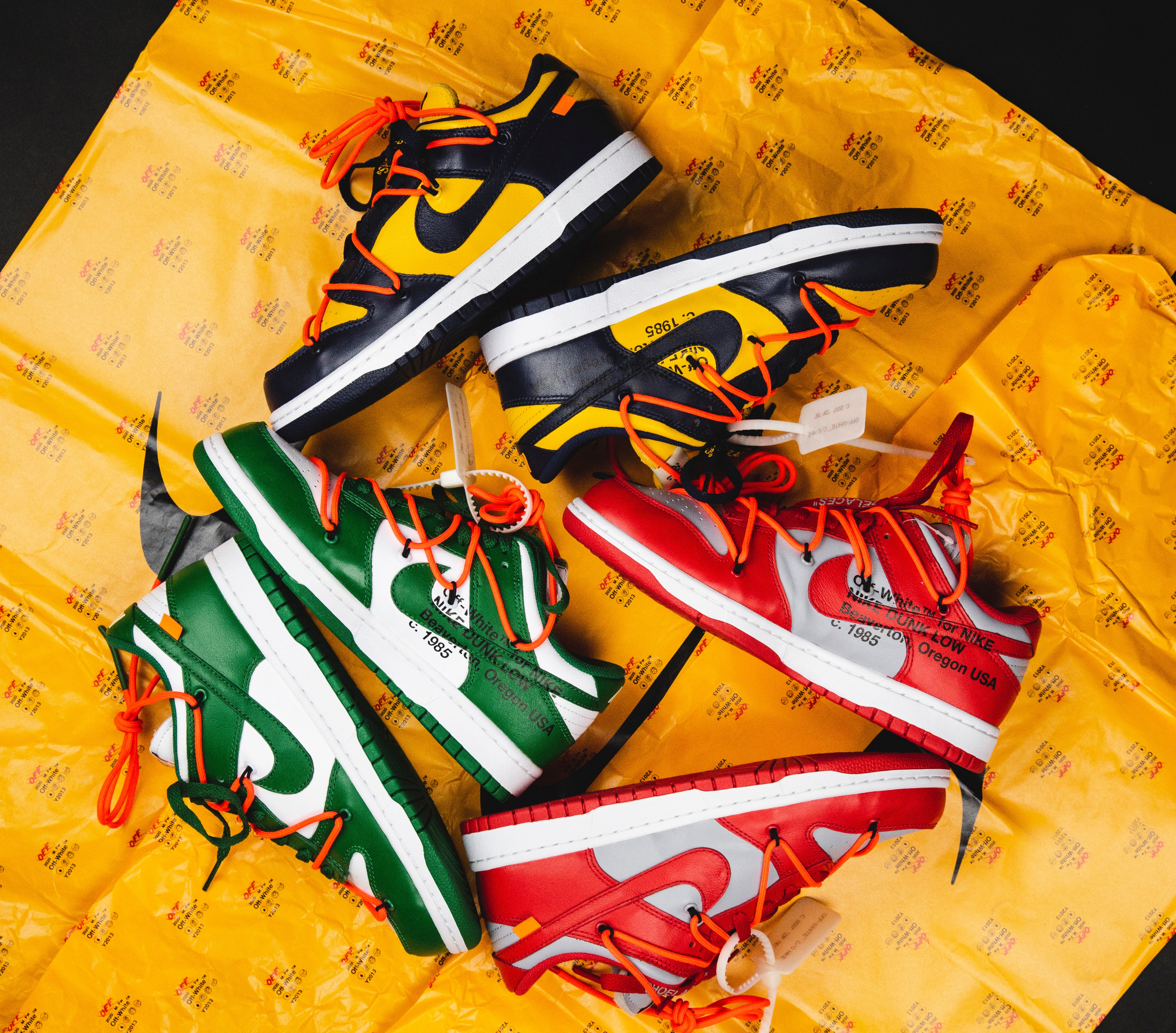1985/86
Brands such as Reebok began surpass Nike in size with the invention of Reebok Workout, designs to cater the aerobics craze in the 80’s. Ni-ke decided to reinvent themselves, aiming to design a shoe that could be worn as easily on the track as they could fashionably on the street. They wanted to upgrade their design group, and hosted at 24-hour de-sign contest in which Rob Strasser invited Tinker Hatfield to compete in. Tinker worked the whole 24 hours and didn’t go to bed that night, working towards something unique, something that told a story. In his sketch, he positioned the shoes not on a runner, but next to a European motor scooter, telling a story that his sneaker was the perfect shoe to ride a motorcycle in, hop off and go for a jog. Two days later, Tinker was told he was now a shoe designer for Nike.
Tinker had now become the lead shoe designer for Nike, and one of his first projects was the Air Max 1. Hatfield wanted to think different-ly, he thought. “Let’s make the bag a little bit wider, make sure it’s vis-ible, make sure it’s stable, but then let’s remove part of the midsole so we can actually see it.” Inspired by Paris’s Centre Georges Pompidou, a controversial building turned ‘inside out’ exposing its internal me-chanics to its outside, and its designers, the bad-boy architects Renzo Piano and Richard Rogers, whom he credited as personal heroes. The now external piping of the building was painted in primary colours to emphasize their work.







